Lesson Bookmarks
My Bookmarks
Jazz educational publications by Greg Fishman
-

10 Skype Lesson Pack
$1,100.00 -

3 Skype Lesson Pack
$360.00 -

5 Skype Lesson Pack
$575.00 -

Hip Licks for Alto Sax Vol 1 iPhone / iPad App
$12.99 -
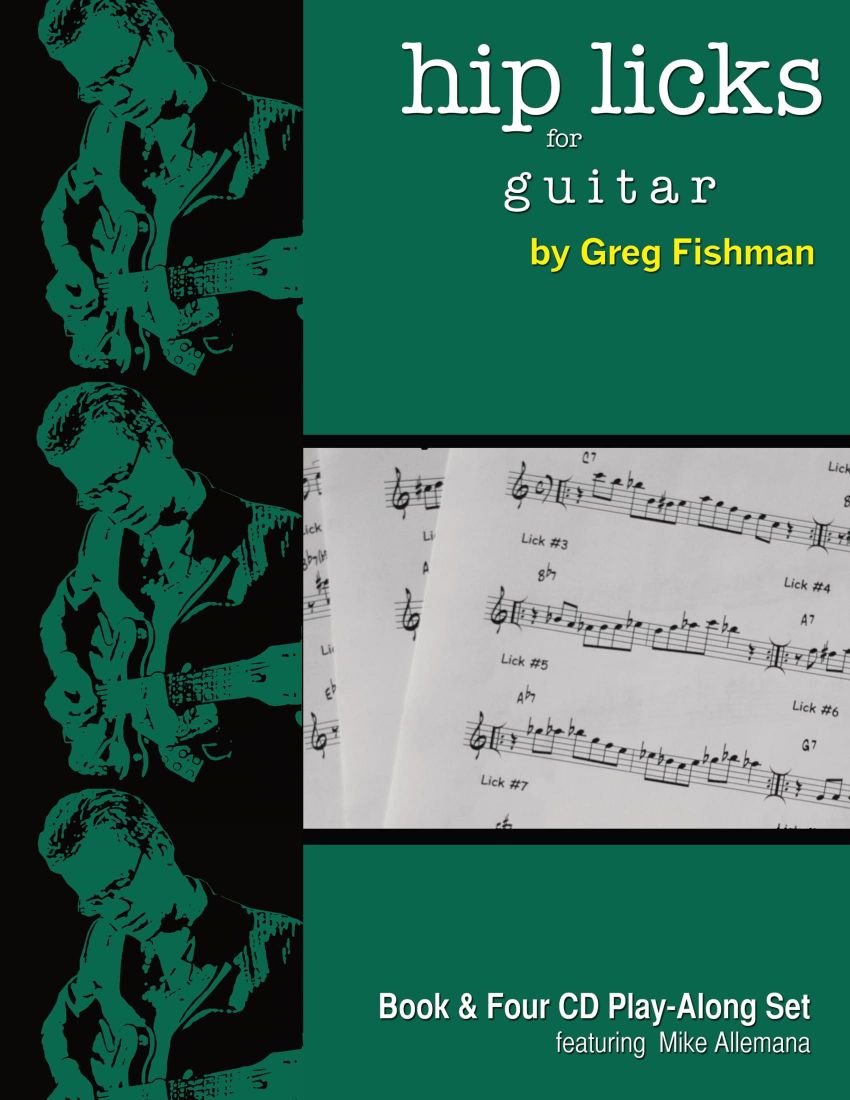
Hip Licks for Guitar
$29.95 -

Hip Licks for Saxophone Volume 1
$29.95 -
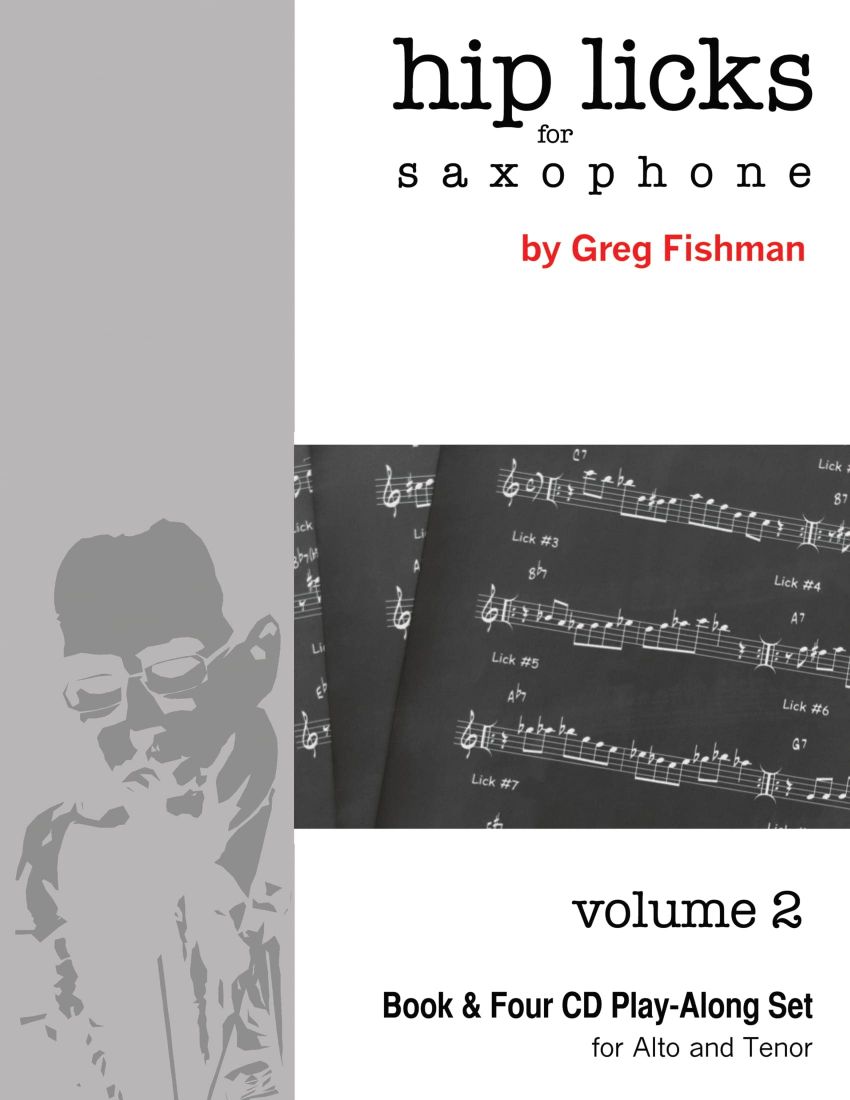
Hip Licks for Saxophone Volume 2
$29.95 -
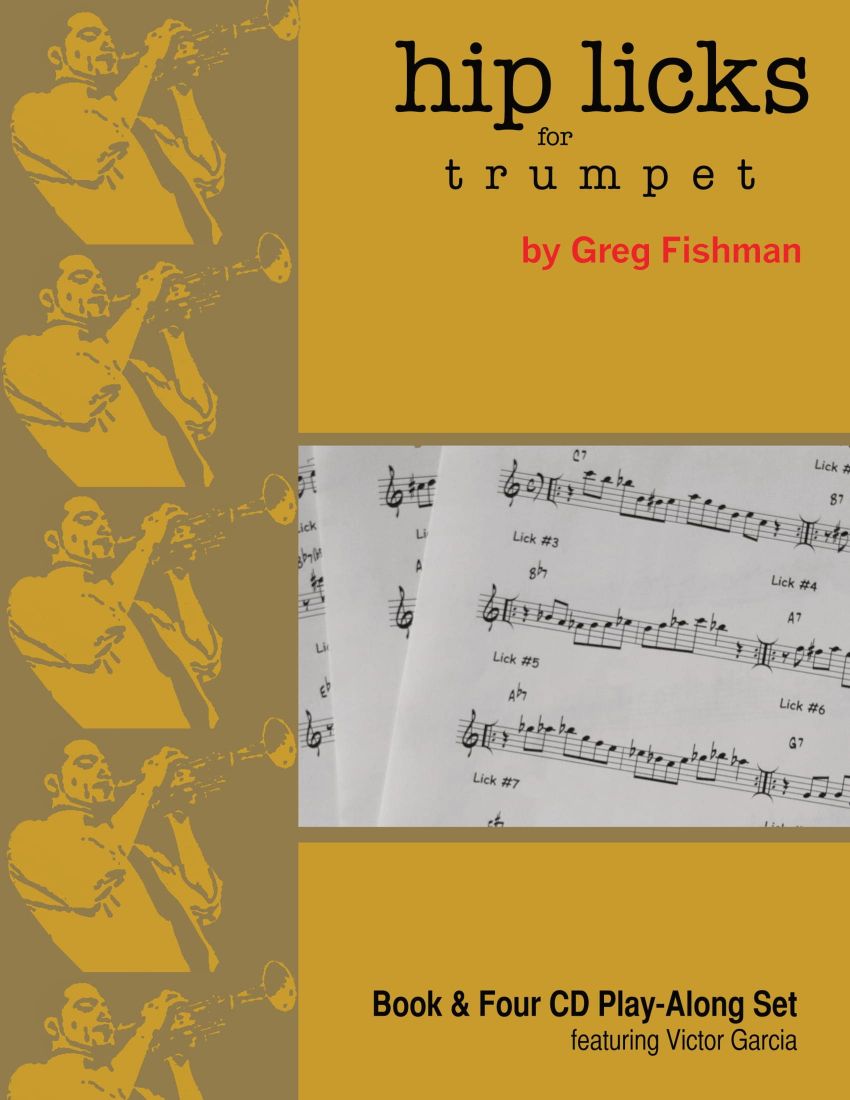
Hip Licks for Trumpet
$29.95 -
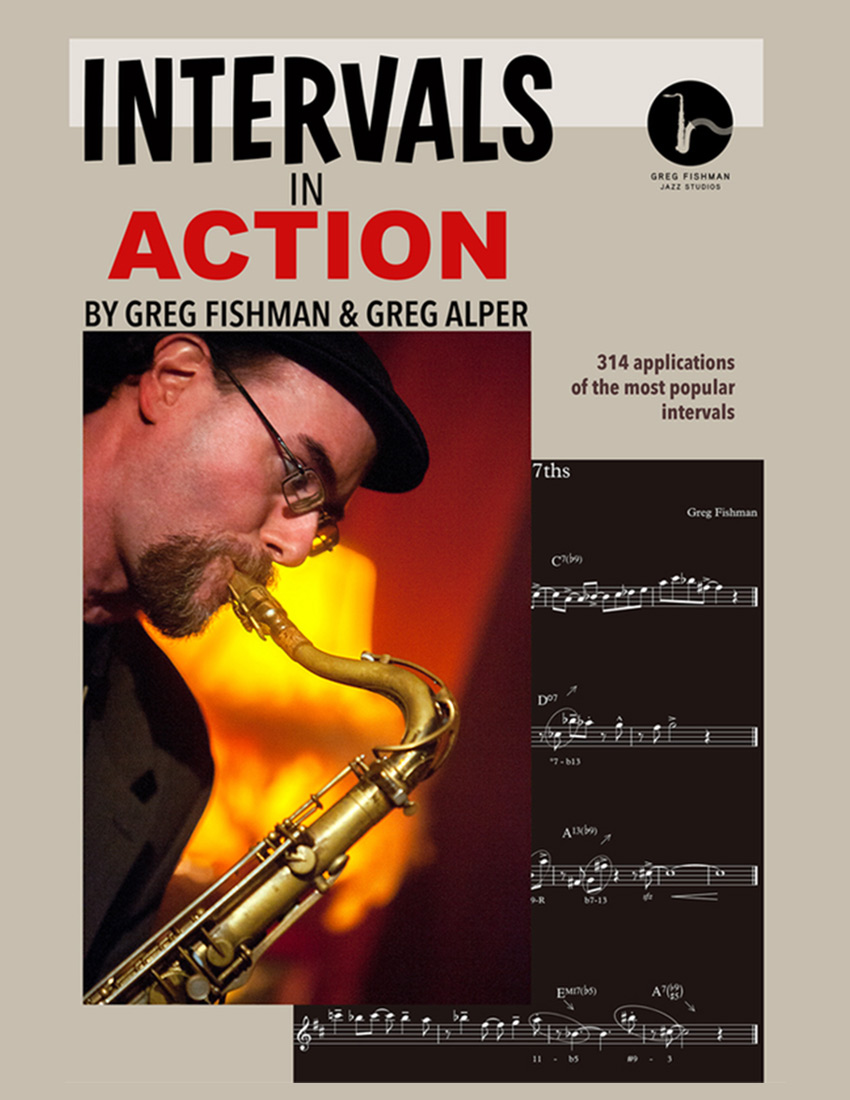
Intervals in Action
$24.95 -

Jazz Guitar Etudes (With TAB)
$24.95 -
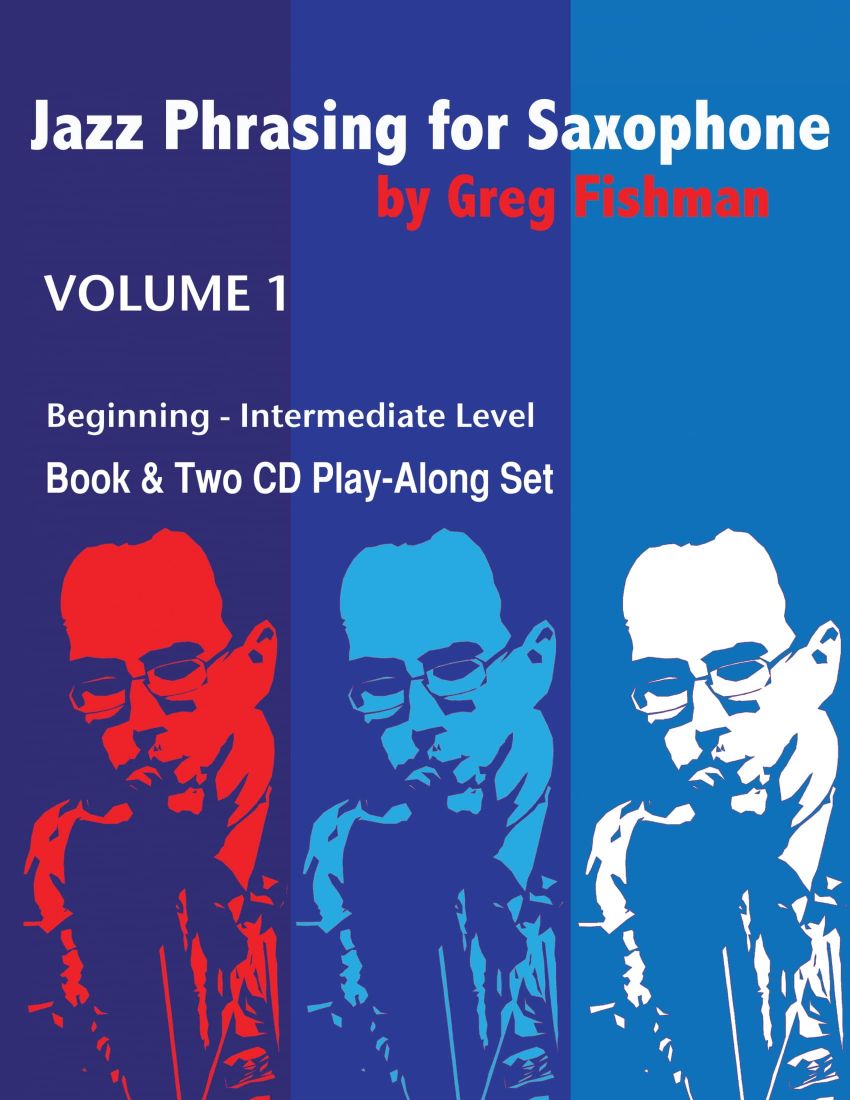
Jazz Phrasing for Saxophone Vol.1
$24.95 -
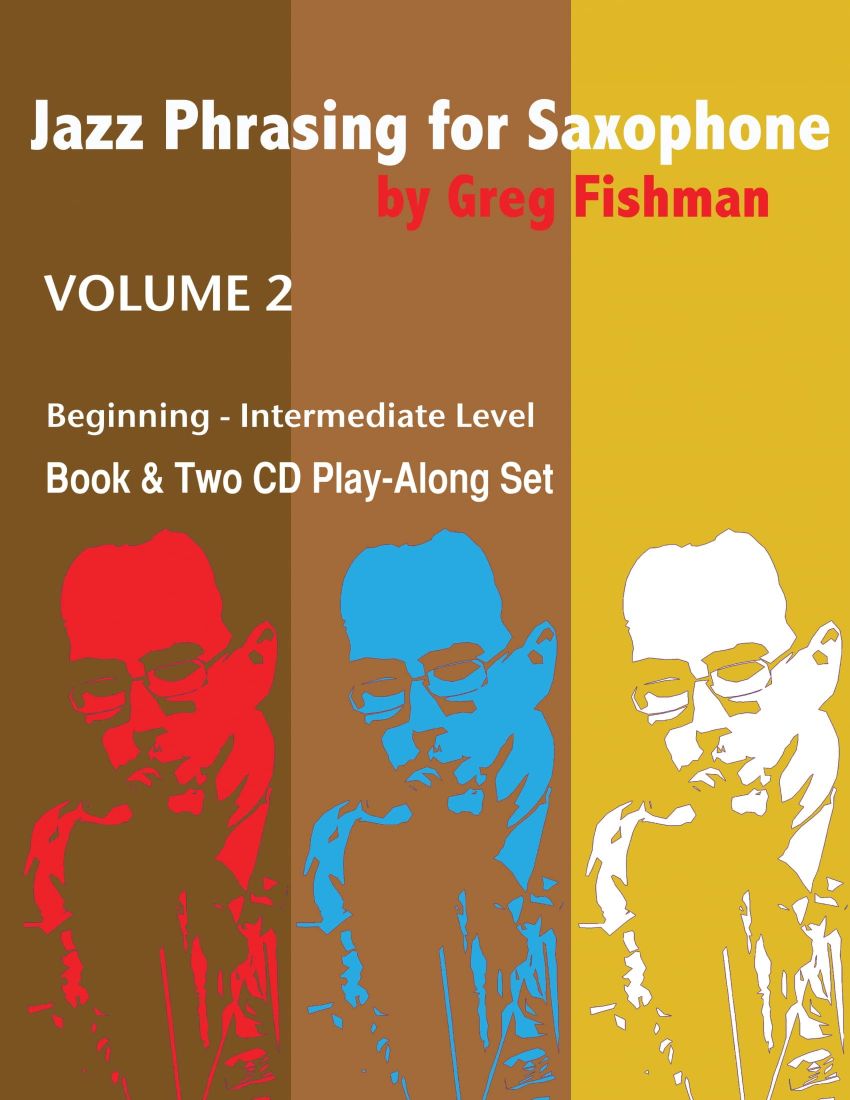
Jazz Phrasing for Saxophone Vol.2
$24.95

Exploring Hip Lick #59
Exploring Hip Lick #59Featured in module 56Related LessonsMy BookmarksFeatured in module 56My BookmarksRelated LessonsHIP LICKS Exploring Hip Lick #59 In this video lesson, I'll explore Hip Lick #59 from my book, "Hip Licks for...

Cannonball Adderley: ii mi7- V7 – Melodic Genius Phrase
Locating the 9th of a ChordFeatured in module 51Related LessonsMy BookmarksFeatured in module 51My BookmarksRelated LessonsJAZZ VOCABULARY Cannonball Adderley: ii mi7- V7 - Melodic Genius Phrase In this video lesson, I explore the...

The Rotation – Practice Strategy for Improved Musical Memory
The Rotation – Practice Strategy for Improved Musical MemoryFeatured in module 50Related LessonsMy BookmarksFeatured in module 50My BookmarksRelated LessonsPRACTICE STRATEGY The Rotation – Practice Strategy for Improved Musical Memory...

The High Tide Approach to Scale Practice
The High Tide Approach to Scale PracticeFeatured in module 49Related LessonsMy BookmarksFeatured in module 49My BookmarksRelated LessonsSCALES The High Tide Approach to Scale Practice In this video lesson, I share my concept called...

Steak & Parsley aka: Evolution of a Lick
Steak & Parsley aka: Evolution of a LickFeatured in module 48Related LessonsMy BookmarksFeatured in module 48My BookmarksRelated LessonsVOCABULARY Steak & Parsley aka: Evolution of a Lick In this video lesson, I show you a concept...

Creative Scale Practice
Creative Scale PracticeFeatured in module 44Related LessonsMy BookmarksFeatured in module 44My BookmarksRelated LessonsSCALE STUDIES Creative Scale Practice In this video lesson, I share a story about one of my Skype students who was...
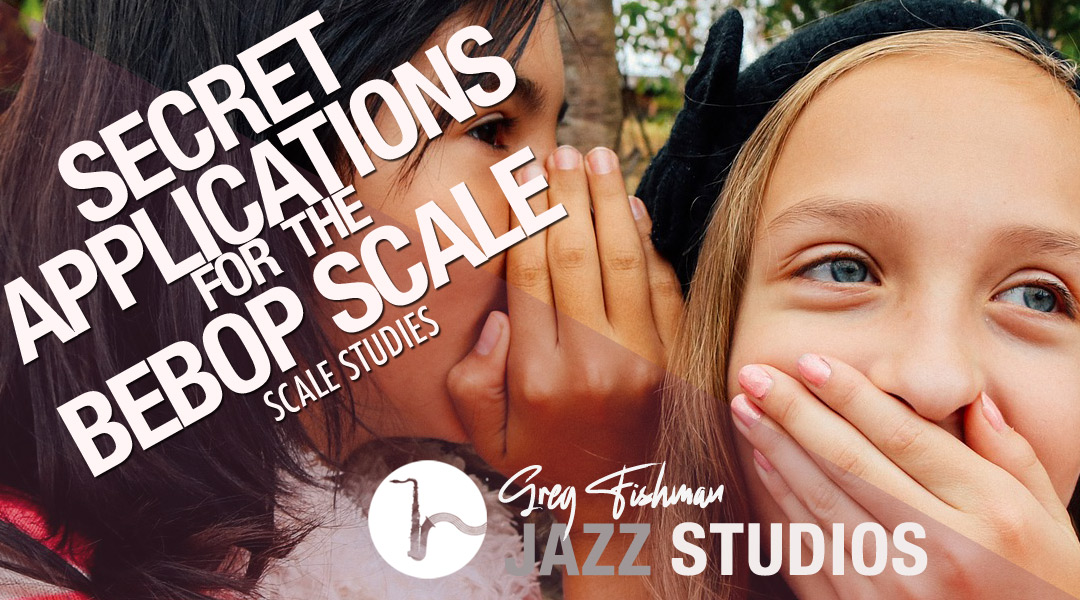
Secret Applications for the Bebop Scale
Secret Applications for the Bebop ScaleFeatured in module 44Related LessonsMy BookmarksFeatured in module 44My BookmarksRelated LessonsSCALE STUDIES Secret Applications for the Bebop Scale In this video lesson, I share what I call the...
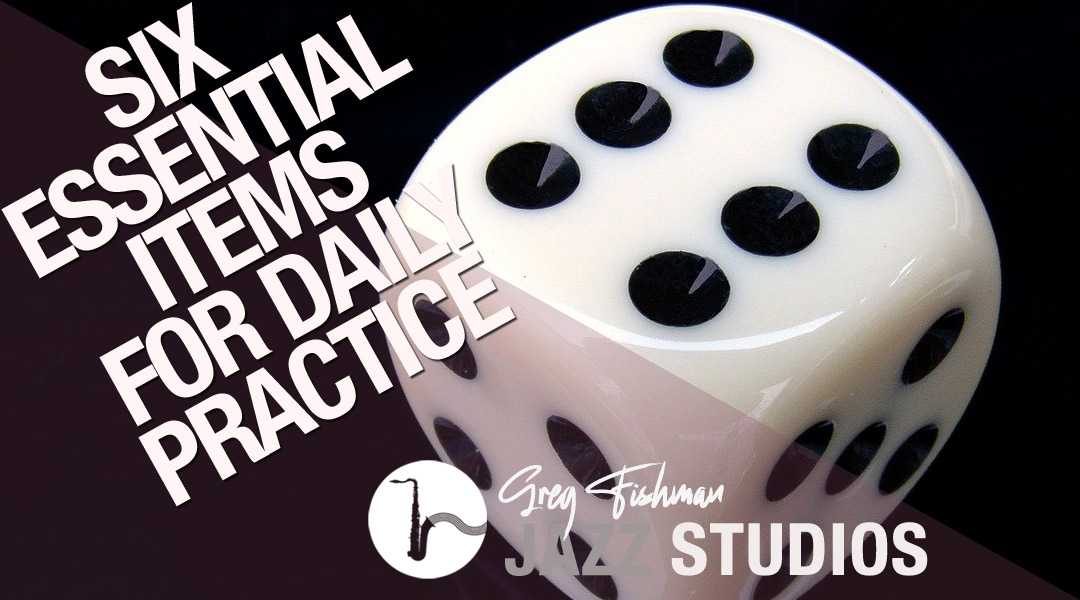
Six Essential Items for Daily Practice
Six Essential Items for Daily PracticeFeatured in module 44Related LessonsMy BookmarksFeatured in module 44My BookmarksRelated LessonsPRACTICE STRATEGIES Six Essential Items for Daily Practice n this video lesson, I discuss the...

Charlie Parker – Use of Bebop Ornamentation
Charlie Parker - Use of Bebop OrnamentationFeatured in module 38Related LessonsMy BookmarksFeatured in module 38My BookmarksRelated LessonsELEMENTS OF STYLE Charlie Parker - Use of Bebop Ornamentation In this video lesson, I analyze...

Rollins & Coltrane Ornaments
Rollins & Coltrane OrnamentsFeatured in module 37Related LessonsMy BookmarksFeatured in module 37My BookmarksRelated LessonsELEMENTS OF STYLE Rollins & Coltrane Ornaments In this video lesson, I demonstrate two of my favorite...
My Bookmarks
Jazz educational publications by Greg Fishman
-

10 Skype Lesson Pack
$1,100.00 -

3 Skype Lesson Pack
$360.00 -

5 Skype Lesson Pack
$575.00 -

Hip Licks for Alto Sax Vol 1 iPhone / iPad App
$12.99 -

Hip Licks for Guitar
$29.95 -

Hip Licks for Saxophone Volume 1
$29.95 -

Hip Licks for Saxophone Volume 2
$29.95 -

Hip Licks for Trumpet
$29.95 -

Intervals in Action
$24.95 -

Jazz Guitar Etudes (With TAB)
$24.95 -

Jazz Phrasing for Saxophone Vol.1
$24.95 -

Jazz Phrasing for Saxophone Vol.2
$24.95
Exploring Hip Lick #59
Exploring Hip Lick #59Featured in module 56Related LessonsMy BookmarksFeatured in module 56My BookmarksRelated LessonsHIP LICKS Exploring Hip Lick #59 In this video lesson, I'll explore Hip Lick #59 from my book, "Hip Licks for...
Cannonball Adderley: ii mi7- V7 – Melodic Genius Phrase
Locating the 9th of a ChordFeatured in module 51Related LessonsMy BookmarksFeatured in module 51My BookmarksRelated LessonsJAZZ VOCABULARY Cannonball Adderley: ii mi7- V7 - Melodic Genius Phrase In this video lesson, I explore the...
The Rotation – Practice Strategy for Improved Musical Memory
The Rotation – Practice Strategy for Improved Musical MemoryFeatured in module 50Related LessonsMy BookmarksFeatured in module 50My BookmarksRelated LessonsPRACTICE STRATEGY The Rotation – Practice Strategy for Improved Musical Memory...
The High Tide Approach to Scale Practice
The High Tide Approach to Scale PracticeFeatured in module 49Related LessonsMy BookmarksFeatured in module 49My BookmarksRelated LessonsSCALES The High Tide Approach to Scale Practice In this video lesson, I share my concept called...
Steak & Parsley aka: Evolution of a Lick
Steak & Parsley aka: Evolution of a LickFeatured in module 48Related LessonsMy BookmarksFeatured in module 48My BookmarksRelated LessonsVOCABULARY Steak & Parsley aka: Evolution of a Lick In this video lesson, I show you a concept...
Creative Scale Practice
Creative Scale PracticeFeatured in module 44Related LessonsMy BookmarksFeatured in module 44My BookmarksRelated LessonsSCALE STUDIES Creative Scale Practice In this video lesson, I share a story about one of my Skype students who was...
Secret Applications for the Bebop Scale
Secret Applications for the Bebop ScaleFeatured in module 44Related LessonsMy BookmarksFeatured in module 44My BookmarksRelated LessonsSCALE STUDIES Secret Applications for the Bebop Scale In this video lesson, I share what I call the...
Six Essential Items for Daily Practice
Six Essential Items for Daily PracticeFeatured in module 44Related LessonsMy BookmarksFeatured in module 44My BookmarksRelated LessonsPRACTICE STRATEGIES Six Essential Items for Daily Practice n this video lesson, I discuss the...
Charlie Parker – Use of Bebop Ornamentation
Charlie Parker - Use of Bebop OrnamentationFeatured in module 38Related LessonsMy BookmarksFeatured in module 38My BookmarksRelated LessonsELEMENTS OF STYLE Charlie Parker - Use of Bebop Ornamentation In this video lesson, I analyze...
Rollins & Coltrane Ornaments
Rollins & Coltrane OrnamentsFeatured in module 37Related LessonsMy BookmarksFeatured in module 37My BookmarksRelated LessonsELEMENTS OF STYLE Rollins & Coltrane Ornaments In this video lesson, I demonstrate two of my favorite...
